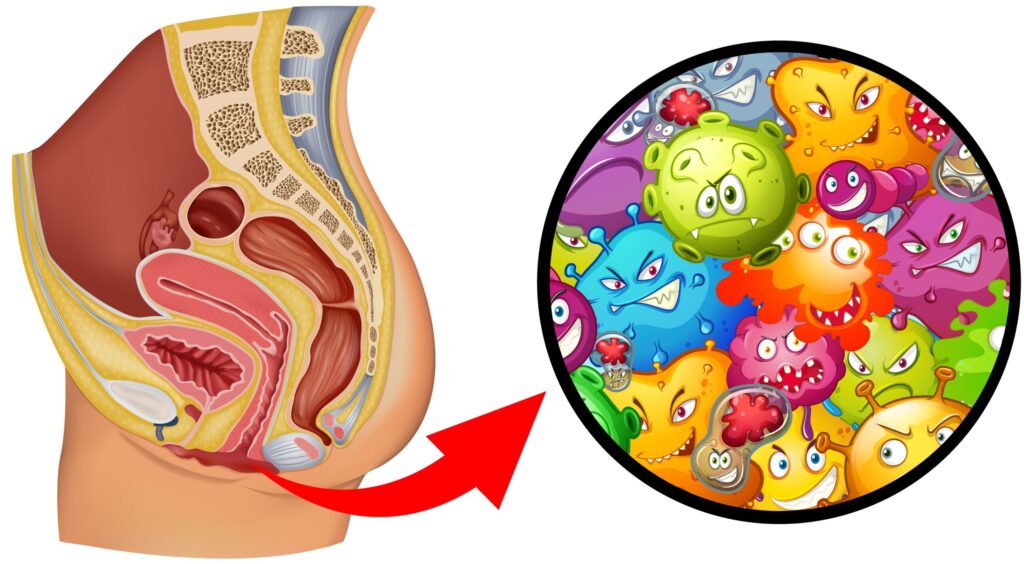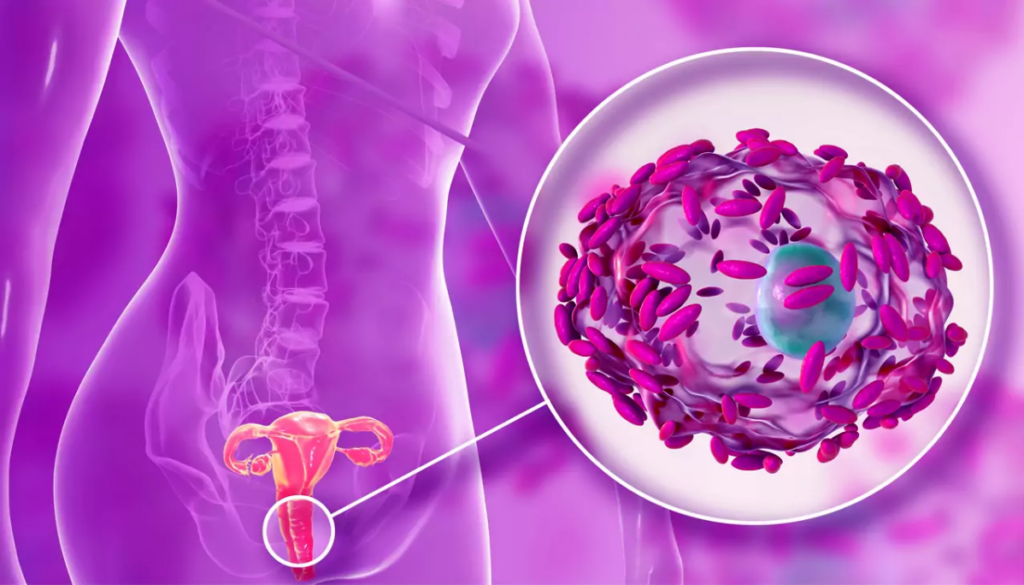What are the positions of the uterus?

The uterus, an incredible organ, can take on different positions within the female body. Learning about these positions is not only intriguing but can also provide insights into how they might impact various life stages, including pregnancy. In this article, we’ll explore the various positions of the uterus and their significance, particularly throughout the pregnancy process.
The Flexibility of Uterus Positions: The positioning of the uterus is not fixed; rather, it exhibits a certain degree of flexibility and variability among women. These positions are influenced by factors such as anatomical variations, genetics, and even the presence of certain medical conditions.
Anteverted and Retroverted Positions: Two common positions of the uterus are anteverted and retroverted. In the anteverted position, the uterus tilts slightly forward towards the bladder. On the other hand, in the retroverted position, the uterus tilts backward, leaning towards the rectum. These positions can impact pregnancy comfort and the distribution of pressure on adjacent organs.
Anteflexed and Retroflexed Positions: Apart from tilting, the uterus can also be flexed forward or backward. The anteflexed position refers to the uterus being bent forward at the cervix. Conversely, in the retroflexed position, the uterus is bent backward. These flexion positions can affect how the uterus interacts with surrounding structures and might contribute to various sensations during pregnancy.
Midline Position and Variations: A midline position suggests that the uterus is centered and doesn’t significantly tilt or flex in any direction. However, it’s important to note that many variations exist, and a woman’s uterus position might change over time due to factors such as pregnancy, childbirth, or hormonal changes.
Uterus Positions and Pregnancy: During pregnancy, the uterus undergoes remarkable changes to accommodate the growing fetus. As the uterus expands, it can impact its position and cause sensations like backache or pressure on the bladder. The flexibility of the uterus allows it to adapt to the developing baby while maintaining its essential functions.
Conclusion: Embracing the Diversity: Understanding the positions of the uterus provides insights into the intricate nature of the female reproductive system. While variations are entirely normal, they can impact pregnancy experiences. Embracing these natural changes and seeking guidance from healthcare professionals ensures a more seamless journey through motherhood.


